Some of the small missions deployed from Artemis 1 will go on to do great things, while others remain silent.
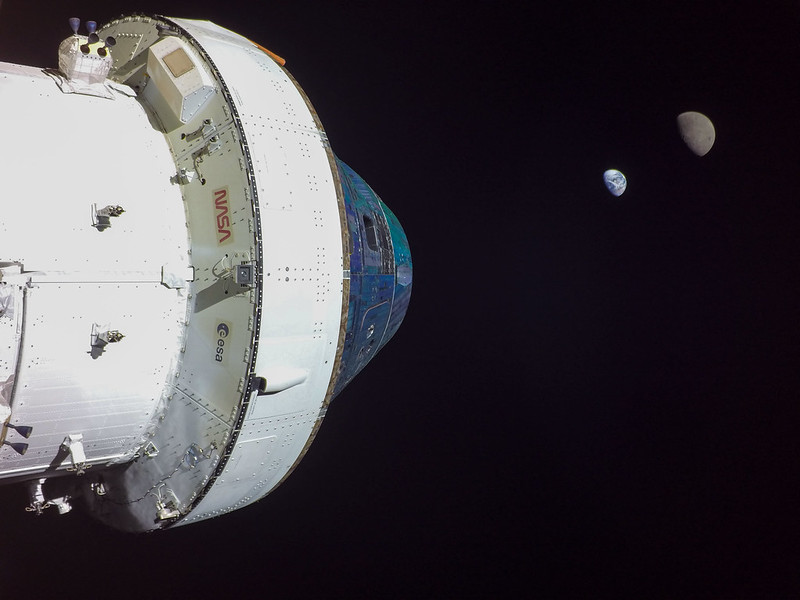
NASA
The historic Artemis 1 launch, besides testing a vehicle ultimately meant to land a woman and man on the Moon, also carried 10 CubeSats to lunar orbit and beyond. While the Artemis 1 mission has thus far been a success, the 10 CubeSats deployed from the stage adapter ring shortly after launch on November 16th have met with mixed outcomes. Despite some tough losses, though, the majority are persevering.
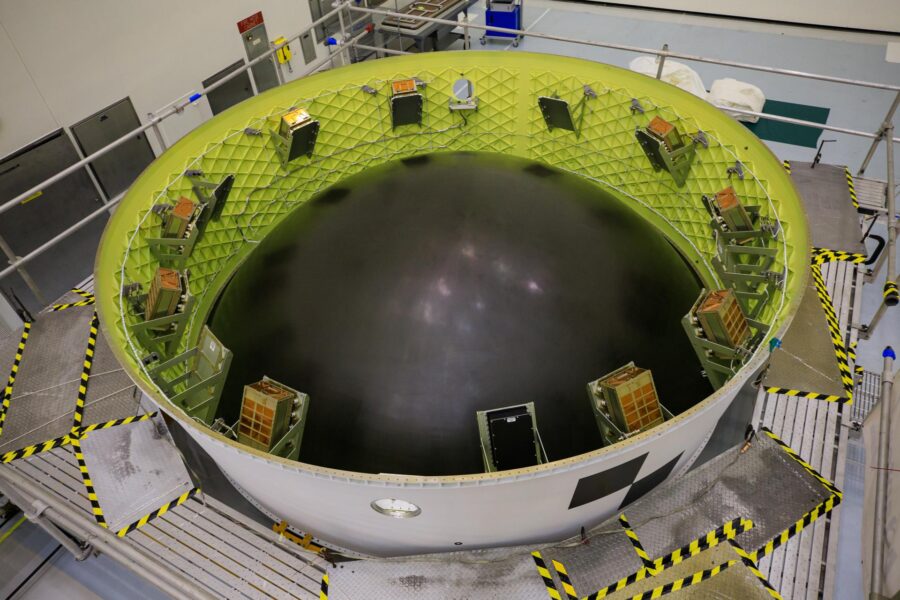
NASA
Artemis 1 started with initial slots for 13 smallsat missions, and ended up launching with the 10 that made the deadline. One of those left behind, NASA’s Lunar Flashlight, will launch with SpaceX on the Hakuto R mission on December 7th.
We always knew these missions were long shots. They're subordinate to the inaugural flight and testing of SLS and the Orion capsule. And CubeSats are notoriously difficult to field — some 50% of those launched never complete their missions.
Artemis-specific battery issues added to the general complexity: Several rollbacks to the Vehicle Assembly Building and back to the pad allowed batteries to drain before launch, adding a certain degree of risk, although mission planners knew the CubeSats would recharge their batteries via solar panels shortly after deployment in space.
Nevertheless, goals were ambitious and hopes remain high.
Smallsat Status
As of this writing, seven smallsat missions are still phoning home:
- ArgoMoon: This joint NASA and Italian Space Agency (ISA) demonstrator has already sent back some amazing images of Earth and the lunar farside shortly after its deployment. The mission follows the ISA's successful LICIACube satellite that photographed the DART spacecraft's impact of the asteroid moon Didymos.

ASI/NASA
- BioSentinel: This NASA mission carries budding yeast on an 18-month mission to study the effects of radiation in space on life.
Although BioSentinel began to tumble shortly after deployment, controllers were quick to react. “The team requested and received an emergency pass from the Deep Space Network to attempt a command to detumble the spacecraft,” says Matt Napoli (NASA/Ames Research Center). “The team then sent the spacecraft a command to perform a ‘momentum management sequence,’ or detumble. A couple tense hours later, the team received telemetry showing the detumble was successful.”
- EQUULEUS: The Japan Aerospace Exploration Agency (JAXA) built the Equilibrium Lunar-Earth point spacecraft, which will take more than a year to reach its goal: the second Earth-Moon Lagrange point. From its station beyond the Moon, this satellite will observe lunar impact flashes and study Earth’s inner magnetosphere. So far, JAXA reports that the innovative steam-powered spacecraft has completed its lunar flyby and is now headed to its destination at L2.
- LunaHMap: The University of Arizona’s Polar Hydrogen Mapper will look for water ice in the permanently shadowed polar regions of the Moon. The team established communication with the spacecraft, but the mission subsequently experienced propulsion problems. The team has several months to deal with the propulsion issue and complete the science mission.

ASU
- Lunar IceCube: This Morehead State University mission is also on the hunt for lunar water ice and was deemed operational post-launch.
- CuSP: The Southwest Research Institute’s Cubesat for Solar Particles was built as a demonstrator for an eventual constellation of space weather missions in heliocentric orbit. CuSP was also deemed operational post-launch.
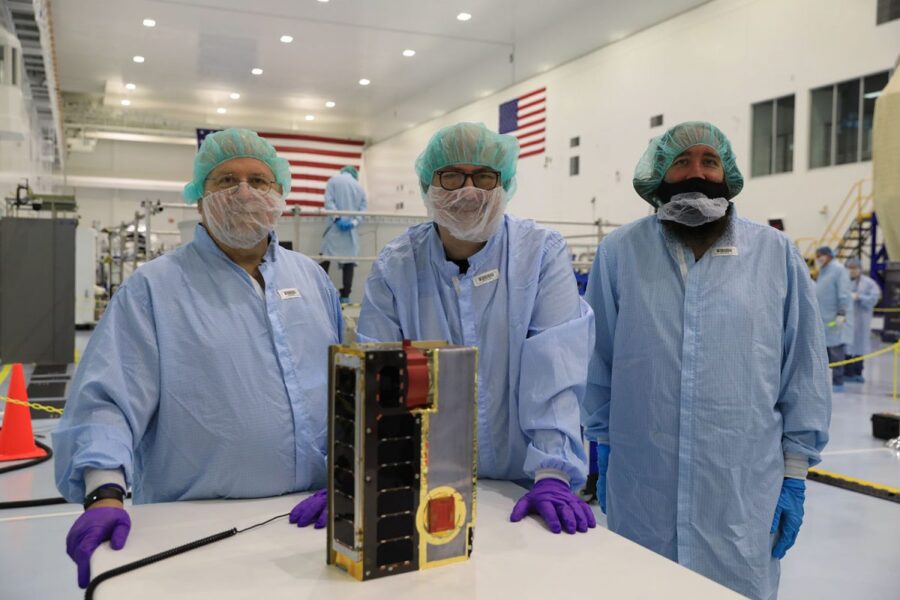
NASA
- LunIR, built to demonstrate lunar flyby and remote sensing technology for lunar science, is transmitting; however, ground stations are seeing a signal that's weaker than expected.
Three missions are now missing-in-action:
- OMOTENASHI: Communications from JAXA's small lunar lander were unstable early on, and the spacecraft began tumbling shortly after its deployment. The mission team has officially ended attempts to communicate commands for its lunar landing.
- Team Miles: Part of NASA’s CubeQuest Challenge, Team Miles was to demonstrate a hybrid thruster system and deep space communications. Update: Though the mission was initially silent and presumed lost, the team seems to have actually established contact with Team Miles, as per a tweet from December 9th.
- NEA Scout: Probably the toughest loss is NASA’s Near Earth Asteroid (NEA) Scout mission. This innovative solar sail mission was to rendezvous with the small asteroid 2020 GE in late 2023. In an effort to find the silent satellite, NASA sent emergency commands for the NEA Scout to deploy its solar sail early. The unfurled sail would be visible using ground-based telescopes, but there’s no indication that deployment occurred. (NEA Scout is object 182 in the JPL Horizons Ephemeris Generator and is currently in the constellation Aries, the Ram, if you want to give it a try yourself.)
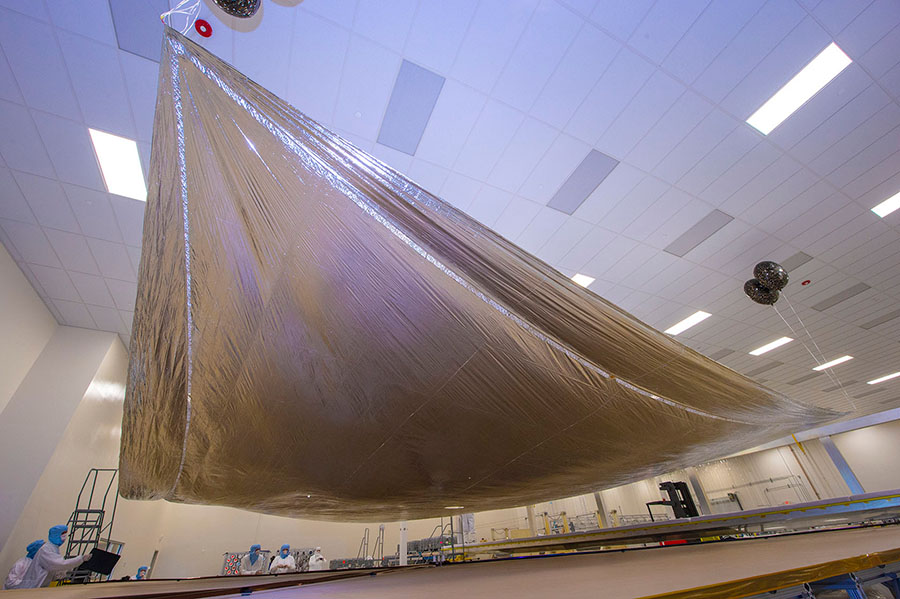
NASA
Orion Flies On
Overall, Artemis 1 has been an amazing success so far, providing enthralling views of Earth and the Moon from its most distant point, 432,210 kilometers from Earth. For a different perspective, astronomer Gianluca Masi and the Virtual Telescope Project managed to catch Artemis 1 while it was still 264,700 miles (427,000 kilometers) from Earth:
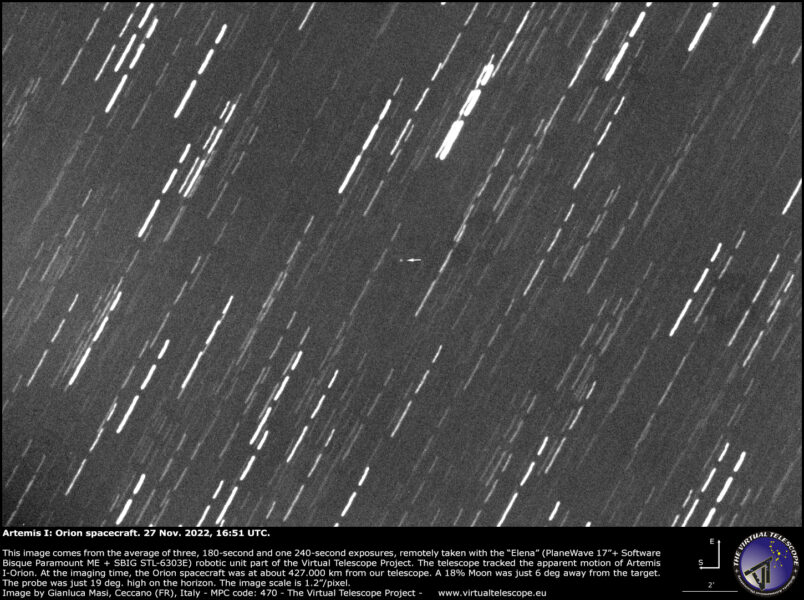
Gianluca Masi
Today, the mission passed just 127 kilometers from the Moon's surface on its second lunar flyby. Next, the mission will culminate with a splashdown in the Pacific on December 11th. All eyes will be on Artemis 1 next Sunday, on its high-speed return to Earth.
 6
6









Comments
Anthony Barreiro
December 6, 2022 at 4:46 pm
"EQUULEUS [...] innovative steam-powered spacecraft ... ."
How do you run a steam engine in a vacuum? How much coal and water can you fit in a cubesat? Is there a tiny crew of fireman and engineer?
You must be logged in to post a comment.
David DickinsonPost Author
December 7, 2022 at 8:39 am
I know. See the JAXA press release: https://global.jaxa.jp/press/2022/11/20221126-1_e.html "This is the world’s first successful orbit control beyond low-Earth orbit using a water propellant propulsion system."
You must be logged in to post a comment.
Anthony Barreiro
December 7, 2022 at 3:55 pm
Thank you David. It sounds like we're still waiting for the spirit of Casey Jones to drive Cannonball 2.0 to EML2.
You must be logged in to post a comment.
Daniel Bamberger
December 8, 2022 at 8:03 pm
"How do you run a steam engine in a vacuum?"
Nobody is talking about running a steam engine. The predicate "steam-powered" is to be taken much more literally. They are using the water as fuel -- heating it to create vapor, which is then exhausted from the rocket.
You must be logged in to post a comment.
Don-Kerouac
December 10, 2022 at 2:00 am
Hmmm. A rocket by any other name...
The only way to move in space is through action/reaction.
Of course, when you get down to it, that's the only way you can move on the Earth.
There will never be a "star drive" "space drive" "warp drive" "impulse drive"
There will never be a "reactionless" drive
The fundamental laws of physics require the books to be balanced
Still, it would be neat (however preposterous) to see the Union Pacific 4-8-8-4 Big Boy pulling an all First Class Super Chief to your favorite star system at 100 "C"...that's about 67 Billion MPH!"
You must be logged in to post a comment.
Don-Kerouac
December 10, 2022 at 2:08 am
At that speed, it would still take 16 days to reach Centaurus, not counting slowing down.
The energy/reactive mass bill would be really tough, especially in these days of hyper inflation!
You must be logged in to post a comment.
You must be logged in to post a comment.